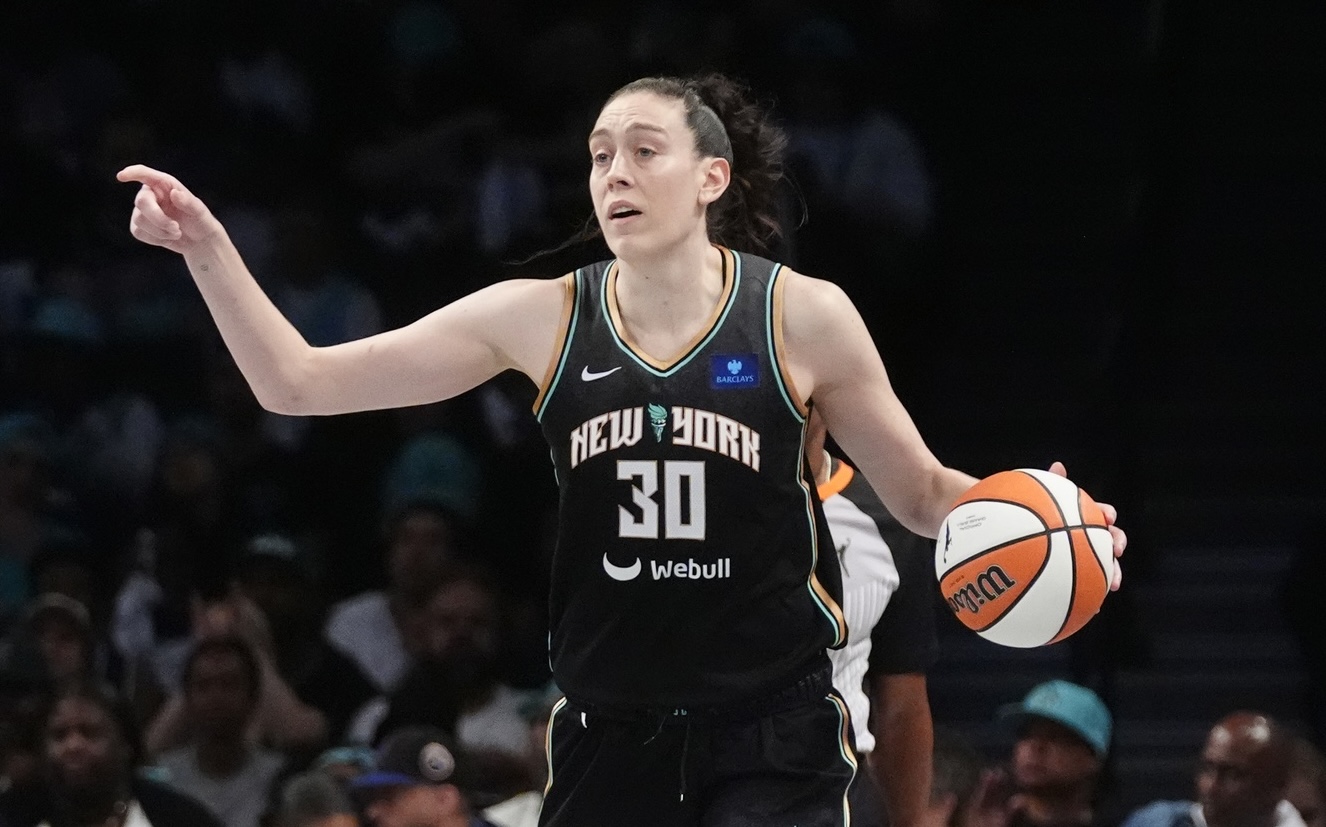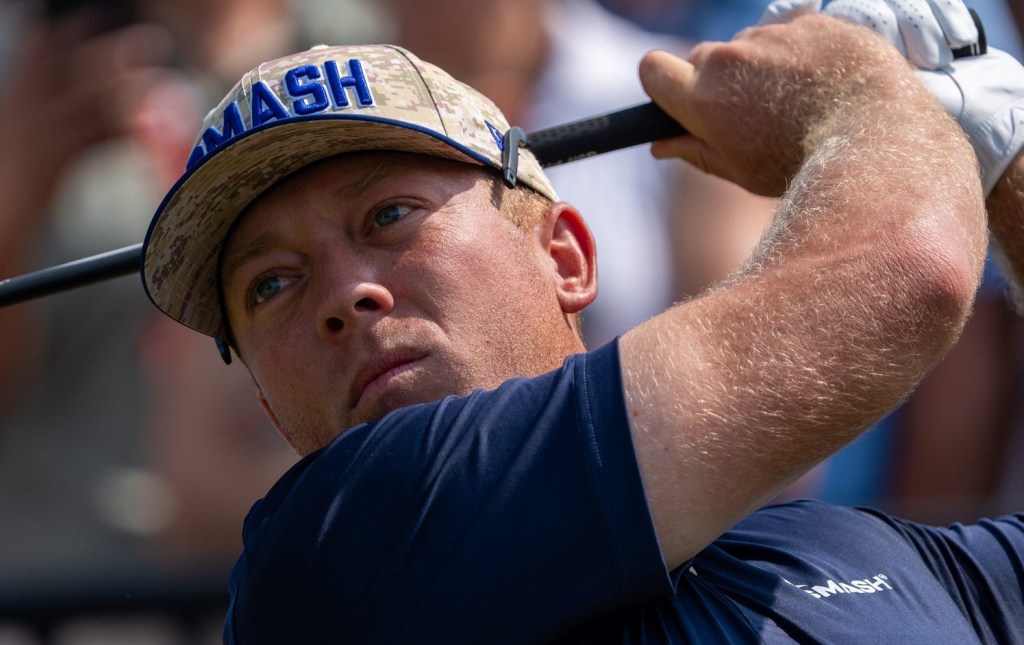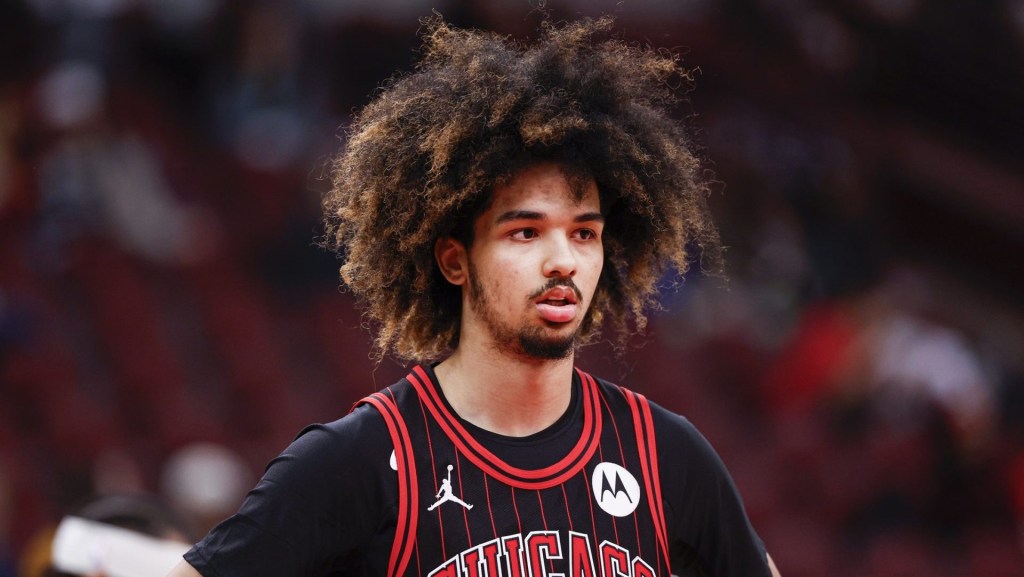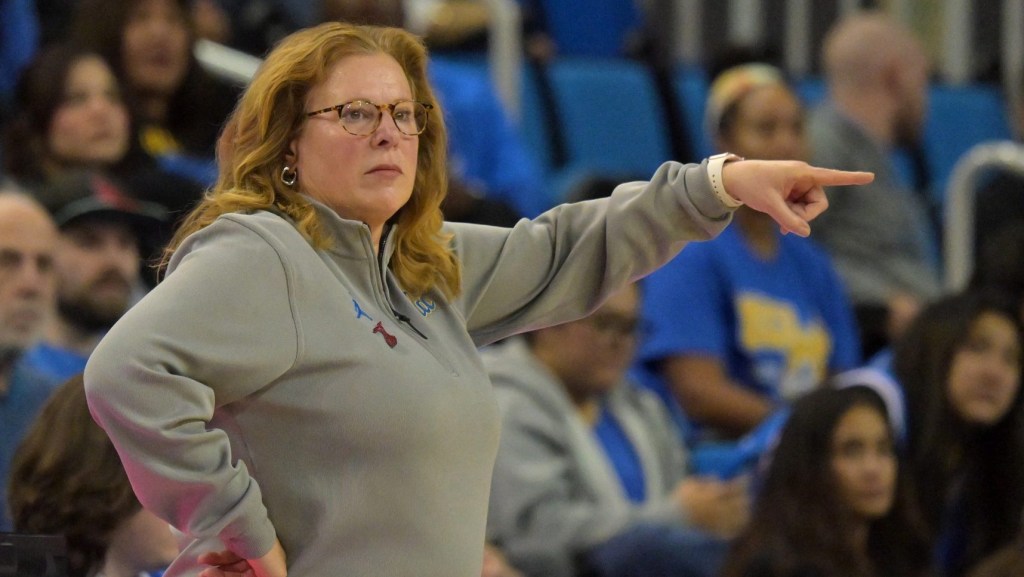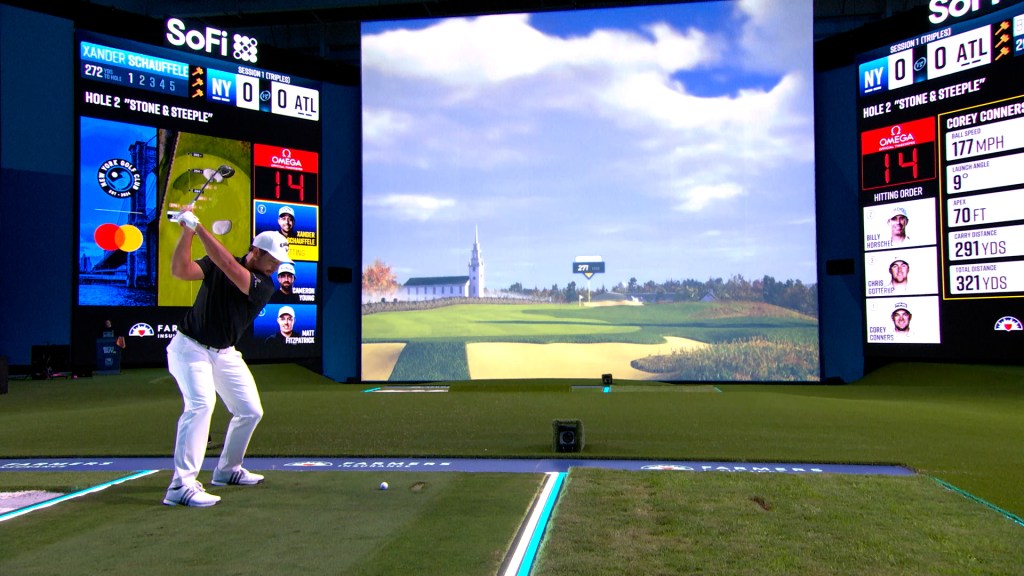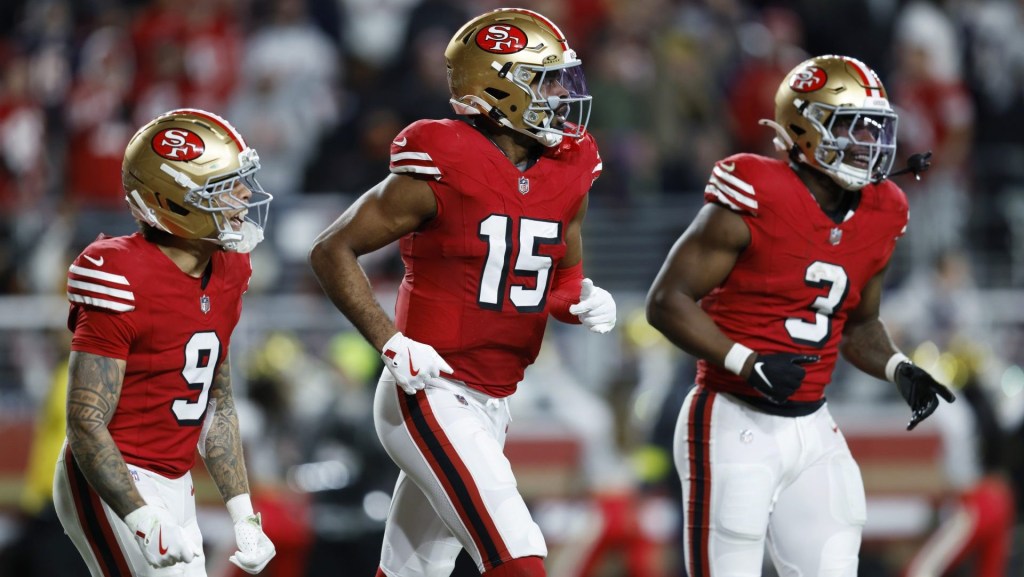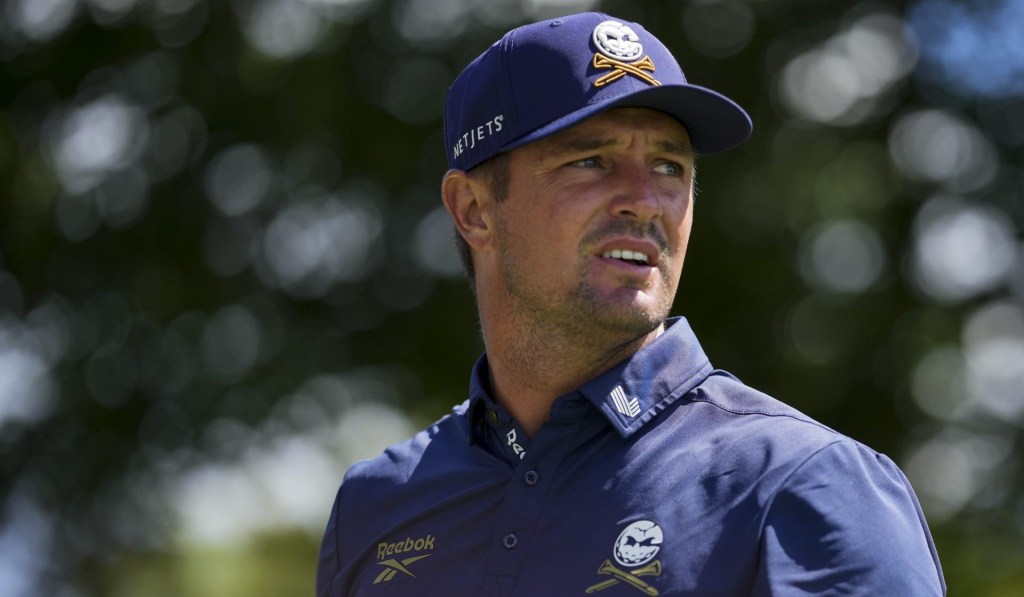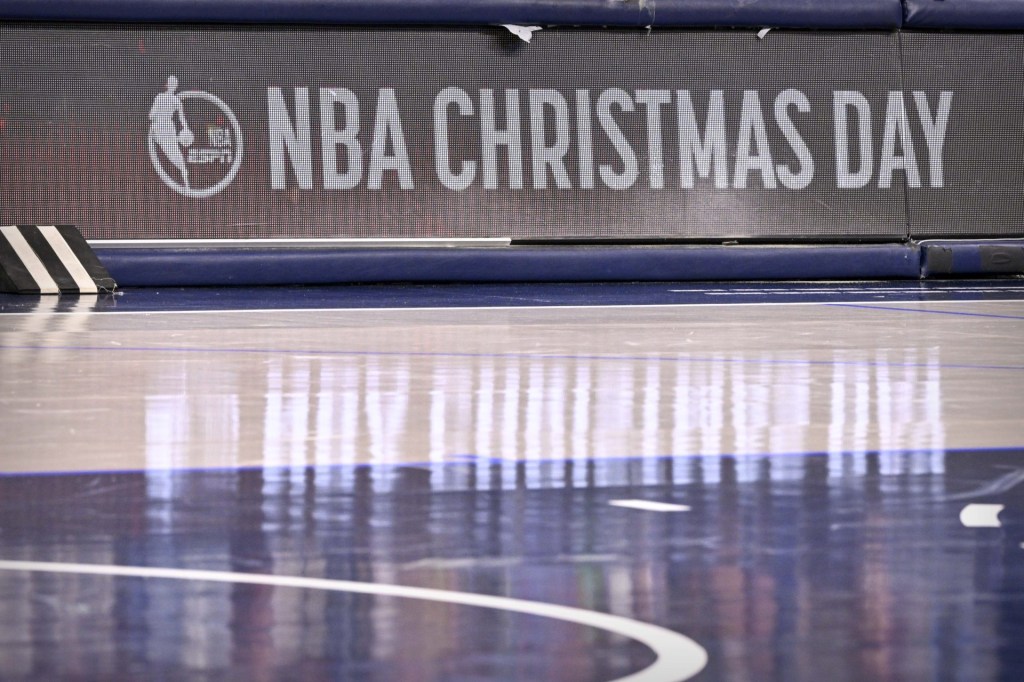The Minnesota Lynx and Connecticut Sun faced off Tuesday with a trip to the WNBA Finals on the line.
Their reward for securing a spot in the finals? A 48-hour turnaround.
The Lynx, who won Game 5 by a score of 88–77, will play the New York Liberty in Brooklyn on Thursday night. When the Liberty finished off the two-time defending champion Aces on Sunday, star forward Breanna Stewart seemed happier about avoiding a Game 5 than she was about clinching.
“This playoff schedule is extremely condensed,” Stewart said. “If you go to Game 5, you have one day to prepare for Game 1 of the Finals. That’s insane.”
The WNBA is far from perfect, but in this regard, there’s only so much the league can do about its playoff schedule—for now. It is trying to navigate the crowded broadcast windows it has to compete with during football season, the MLB playoffs, and the start of NBA and NHL seasons.
Game 2 of the Finals is scheduled for Sunday afternoon at 3 p.m. Eastern, smack in the heart of the NFL window.
The broadcast schedule feels like a missed opportunity for a league still making steep year-on-year viewership gains despite the significant drop-off since Caitlin Clark’s Indiana Fever were knocked out. But ESPN, which has exclusive WNBA playoff TV rights, broadcasts a full Saturday slate of college football games; earlier in the playoffs, it was airing MLB’s wild-card games. What it does not have is weekend NFL rights.
The end result is that ESPN’s best window for the WNBA ends up being Sunday afternoons.
For the WNBA, the solution is coming in 2026, once its new $200 million per year media-rights deal kicks in. ESPN has owned the exclusive rights to the WNBA playoffs since 2003, but the new deal distributes playoff games to NBCUniversal and Amazon as well, which will allow the WNBA more opportunities to avoid NFL windows.
In past years, teams have had breaks from three days to a week between playoff series, partially due to the broadcast windows, but the league doesn’t want too long of a break between rounds, either, with the constant juggling of broadcast windows being a regular challenge for the league to navigate.
Under the new deal, ESPN networks will air two first-round series every year while Prime Video and NBCU will each receive one series. The semifinals and Finals will rotate between the three partners over the 11-year deal.
Even ESPN president of content Burke Magnus recognized additional distribution partners are essential for the nascent league.
“I really believe [the WNBA] could continue to use a wider distribution on platforms that appeal to different audiences to help cement that growth and not just have it be a spike,” Magnus told Front Office Sports at ESPN’s media day in August. “That would have been my recommendation if I was their consultant, so I’m glad it worked out that way.”
Dodging the NFL
When Clark made her much-awaited WNBA playoff debut, the entire nation had a chance to tune in. Disney broadcast Game 1 of the first-round series between the Fever and Sun on ABC, an over-the-air network.
Over-the-air networks allow for a larger distribution than cable channels. An additional 11 games on ABC is a key reason why Monday Night Football saw a 29% increase in viewership last season.
Clark’s playoff debut delivered, drawing an average of 1.8 million viewers, the league’s most-watched playoff game since 2000. But just three days later, Clark and the Fever’s elimination game loss, despite airing on ESPN, drew 2.5 million viewers, the most-watched WNBA game on cable.
The key difference is Game 2, which was played on a Wednesday, was not competing with the NFL, while Game 1 aired at 3 p.m. ET on a Sunday, right in the middle of Week 2’s midday slate.
And it wasn’t just Clark and the Fever. The opening game of the other three first-round series averaged about 425,000 viewers that Sunday on ESPN, but the Game 2s, which ESPN aired on a Tuesday and Wednesday, averaged 1.02 million viewers.
The trend continued even after Clark was eliminated, as last Sunday’s semifinals Game 1 between the Liberty and Aces averaged 929,000 viewers on ABC at 3 p.m. ET, while Game 2 on Tuesday night and Game 3 on Friday night on ESPN2 drew 969,000 and 994,000 viewers, respectively—two of the most-watched WNBA games on ESPN2, just behind Clark’s debut in May.
